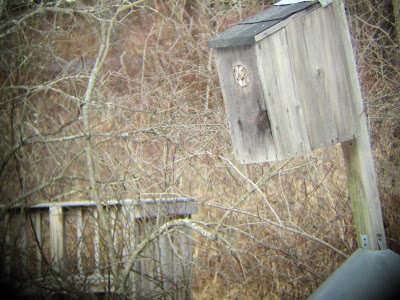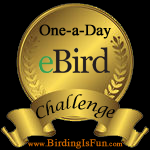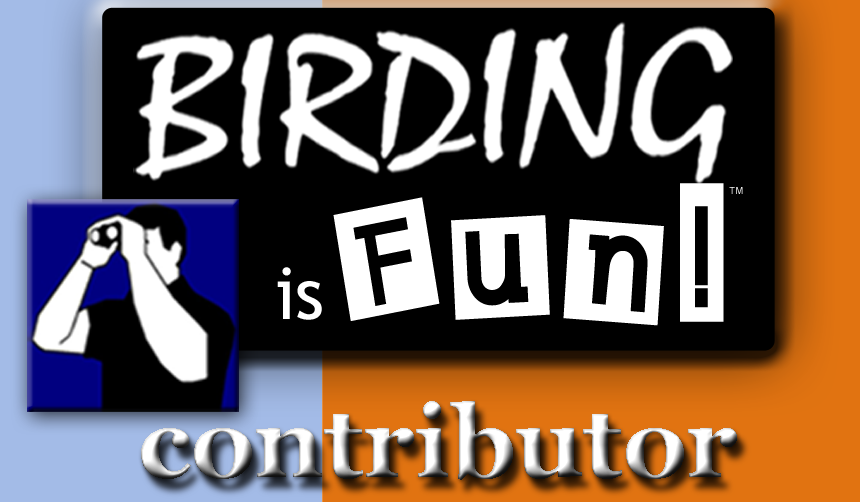 Ten conservation biologists have just published What Conservation Biologists Can Do to Counter Trap-Neuter-Return: Response to Longcore et al., an article in the latest issue of the journal Conservation Biology, urging conservation biologists to oppose the establishment and maintanence of feral cat colonies through trap-neuter-return (TNR) programs.
Ten conservation biologists have just published What Conservation Biologists Can Do to Counter Trap-Neuter-Return: Response to Longcore et al., an article in the latest issue of the journal Conservation Biology, urging conservation biologists to oppose the establishment and maintanence of feral cat colonies through trap-neuter-return (TNR) programs. The article is not available for free online, but here are some quotes:
"By way of example, those of us who are conservation biologists should look to the evolutionary biology community. When local policies or regulations are put forth that promote the teaching of creationism or intelligent design, the evolutionary biologists have responded in force from across the nation and world. Such responses have been successful in defeating the attempts to favor the teaching of creationism or intelligent design and serve to remind the public that the scientific evidence overwhelmingly supports the theory of evolution. We the conservation community should consider the issue of TNR in the same light and challenge such propositions when they are raised. Without such challenges by those of us who are knowledgeable about the subject, we simply allow the use of tNR to grow and thereby gain further acceptance"
And this:
"The animal welfare community opposes "cat hoarding," whereby people care more for pets than they can adequately support, because it is considered inhumane. Trap-neuter-return is essentially cat hoarding without walls. Considering that most communities have laws banning animal hoarding, we should consider the same standard for outdoor cats as those that are in a person's home."
Here are the actions the authors propose:
1) Conservation professionals should "open dialogues with the animal welfare, sheltering, veterinary, adn public-health communities" to "promote animal welfare and reduce cat overpopulation"
2) Challenge policies promoting feral cat colonies and TNR
3) Advocate for policies that endcourage responsible pet ownership--including "requiring licenses for cats, substantially decreasing unwanted breeding of pet cats through mandatory or subsidized spaying and neutering, and requiring cats to be kept under their owners control at all times when outdoors."
4) If needed, seek legal recourse against TNR and feral cat colonies as violations of the Migratory Bird Treaty Act and the Endangered Species Act, as well as laws prohibiting animal abandonment
5) "Seek laws making it illegal to maintain cat colonies on public lands"
6) Increase public awareness about responsible pet ownership
7) Recognize as conservation professionals that depredation of wildlife species is still a major concern even where wildlife populations are currently still intact--the time to reduce predation is now before the problem gets even worse.




















